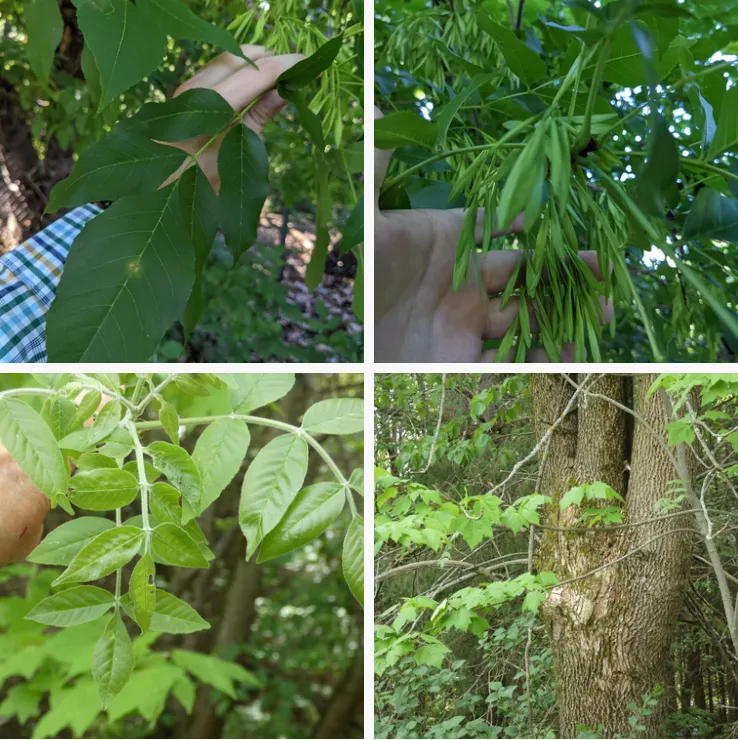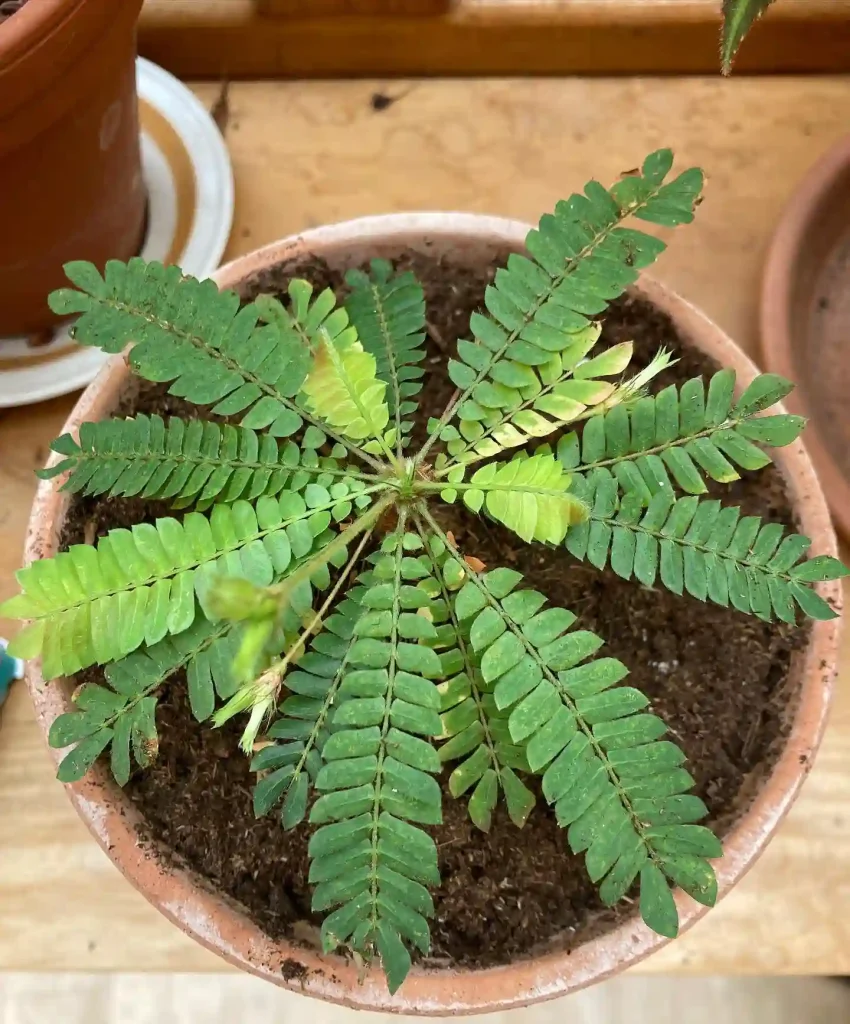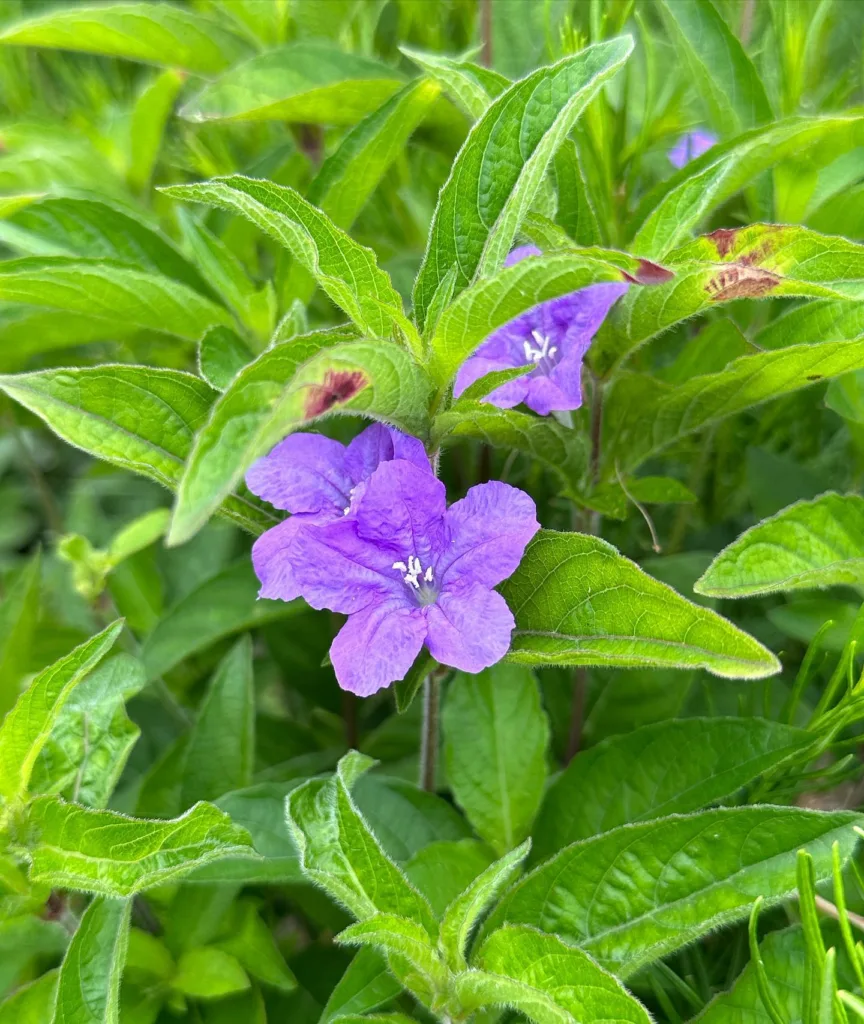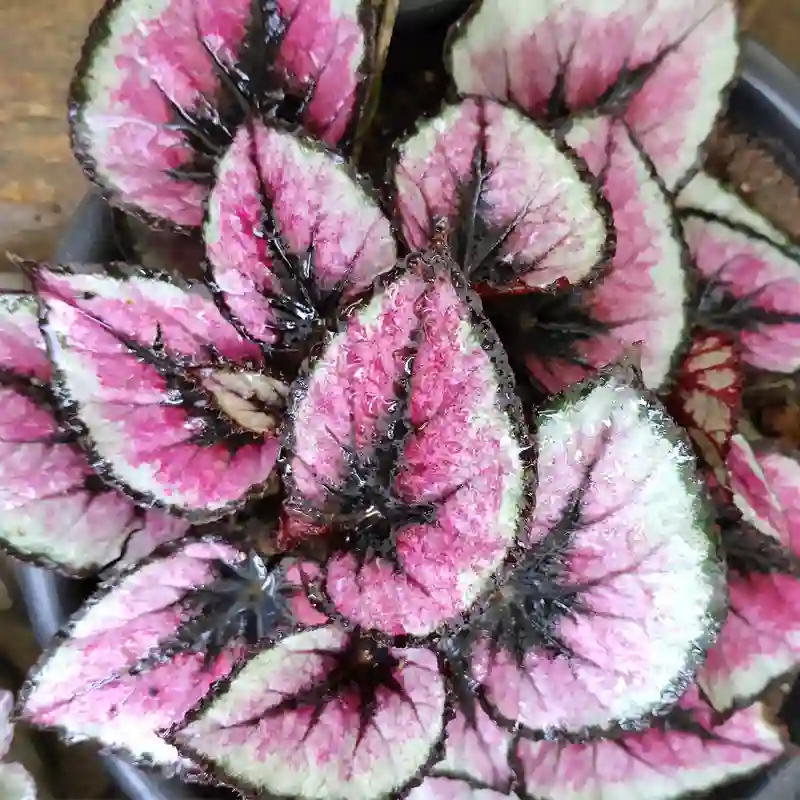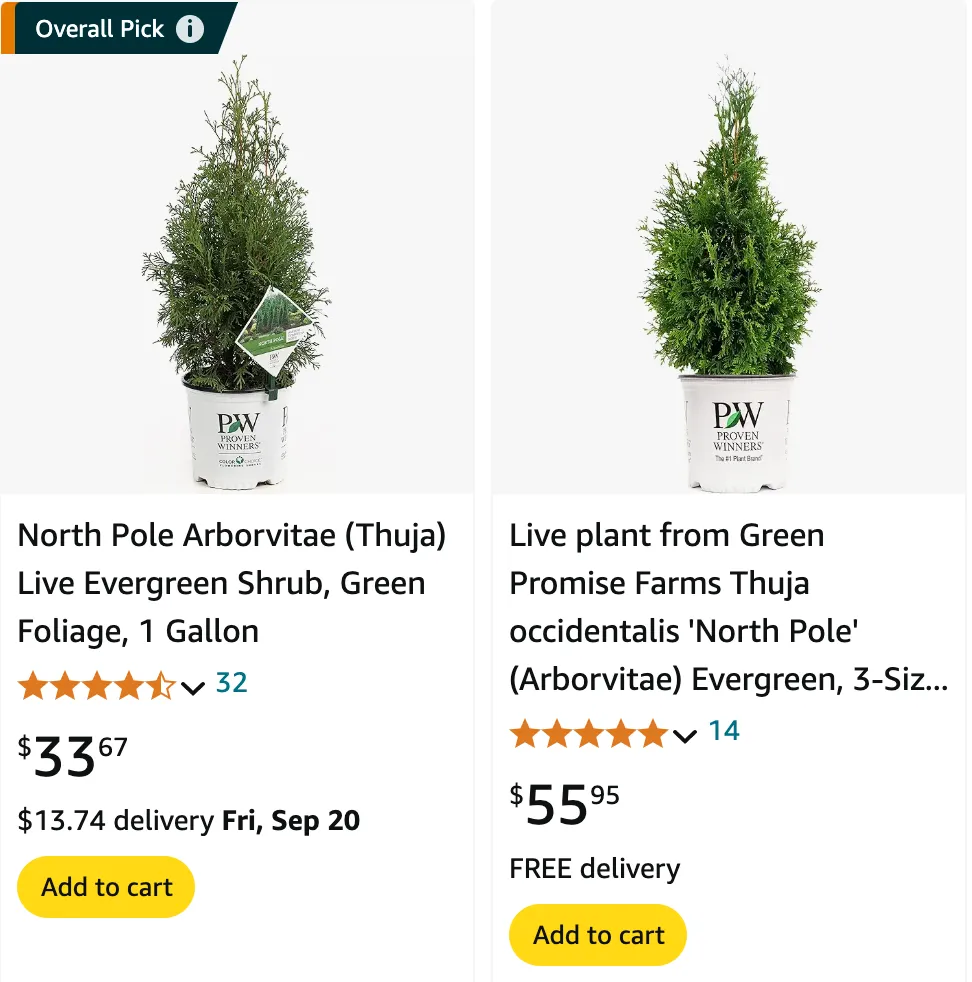
Thuja North Pole FAQs
I’ve had a few questions about the Thuja North Pole recently, and I thought it might be helpful to share what I’ve learned about this interesting plant. Whether you’re considering adding it to your garden or just curious, here’s a comprehensive look at some common FAQs about the Thuja North Pole.
What is a Thuja North Pole Tree?
The Thuja North Pole is a type of arborvitae, known for its dense, columnar shape. This evergreen tree is prized for its narrow, upright growth habit, making it a popular choice for creating privacy screens or formal hedges. It maintains a lush green color throughout the year and can grow up to 10-15 feet tall, but only about 3-4 feet wide, which is ideal for smaller spaces.
5 Species in Genus Thuja
Are Emerald Green Arborvitae and North Pole Thuja the Same?
While Emerald Green Arborvitae and North Pole Thuja might seem similar at first glance due to their evergreen nature and columnar growth, they are distinct varieties. The Emerald Green Arborvitae is known for its vibrant green color and more rounded, slightly wider growth habit. It typically reaches about 10-15 feet in height but can spread more than the North Pole Thuja. On the other hand, the North Pole Thuja has a more compact and upright form, making it better suited for narrow spaces. Essentially, while both are great for privacy screens, the North Pole Thuja offers a more columnar shape and is more suited for tighter spots.
How to Care for Thuja North Pole?
Caring for a Thuja North Pole is relatively straightforward. Here are some essential tips:
- Watering: These trees prefer well-drained soil and regular watering. Ensure they receive enough moisture, especially during dry periods, but avoid waterlogging.
- Sunlight: They thrive in full sun to partial shade. Ideally, they should get at least six hours of sunlight daily.
- Soil: Well-drained soil is crucial. They can tolerate a range of soil types, but avoid heavy clay.
- Pruning: Minimal pruning is needed. However, if you need to maintain its shape or remove dead branches, do so in early spring before new growth begins.
How to Propagate Thuja North Pole?
Propagation of Thuja North Pole is most commonly done through cuttings. Here’s a simple method:
- Take Cuttings: In late spring or early summer, cut a healthy, non-flowering shoot from the tree.
- Prepare Cuttings: Trim the cutting to about 6 inches long and remove the lower leaves.
- Rooting Hormone: Dip the cut end in rooting hormone.
- Planting: Place the cutting in a pot with a well-draining mix and keep it in a warm, shaded area.
- Watering: Keep the soil consistently moist until roots develop.
What to Plant With Thuja North Pole?
Pairing Thuja North Pole with complementary plants can enhance your garden’s aesthetics. Consider these options:
- Evergreens: Combine with other evergreens like boxwood or holly for a lush, green backdrop.
- Perennials: Add perennials like hostas or daylilies for seasonal color.
- Ornamental Grasses: Grasses such as blue fescue or feather reed grass can provide texture contrast.
Can You Grow Thuja North Pole Indoors?
Thuja North Pole is primarily an outdoor plant and isn’t well-suited for indoor conditions. It requires ample sunlight and space to grow, which is challenging to provide indoors. Additionally, indoor environments lack the natural elements necessary for its optimal growth.
Is Thuja North Pole Toxic?
No, Thuja North Pole is not considered toxic to humans or pets. However, as with any plant, it’s wise to prevent pets from chewing on the foliage, as ingestion of large quantities could cause gastrointestinal upset.
Benefits of Thuja North Pole
There are several benefits to planting Thuja North Pole:
- Privacy: Its dense, upright growth makes it an excellent choice for creating privacy screens or windbreaks.
- Low Maintenance: It requires minimal pruning and is relatively pest-resistant.
- Year-Round Greenery: It provides consistent green coverage throughout the year, enhancing your garden’s appearance in all seasons.
Common Problems with Thuja North Pole
While generally low-maintenance, there are a few issues to watch out for:
- Fungal Diseases: Conditions like blight or rust can affect Thuja if not properly cared for. Ensure good air circulation and avoid overhead watering to reduce the risk.
- Pests: Watch for pests such as spider mites or aphids. Regular inspection and appropriate treatment can manage these issues.
Comparing Thuja North Pole with Similar Plants
When comparing Thuja North Pole to other similar plants, such as:
- Sky Pencil Holly: Sky Pencil is another narrow, columnar evergreen but can grow taller and wider compared to Thuja North Pole. It also has a slightly different foliage texture.
- Emerald Green Arborvitae: As mentioned, Emerald Green has a more rounded growth habit, which may not fit as well in tight spaces compared to the North Pole’s columnar form.
In summary, the Thuja North Pole is a fantastic choice for those seeking a space-efficient evergreen with a clean, formal look. Its unique characteristics make it a valuable addition to a variety of garden designs.
If i die, water my plants!
